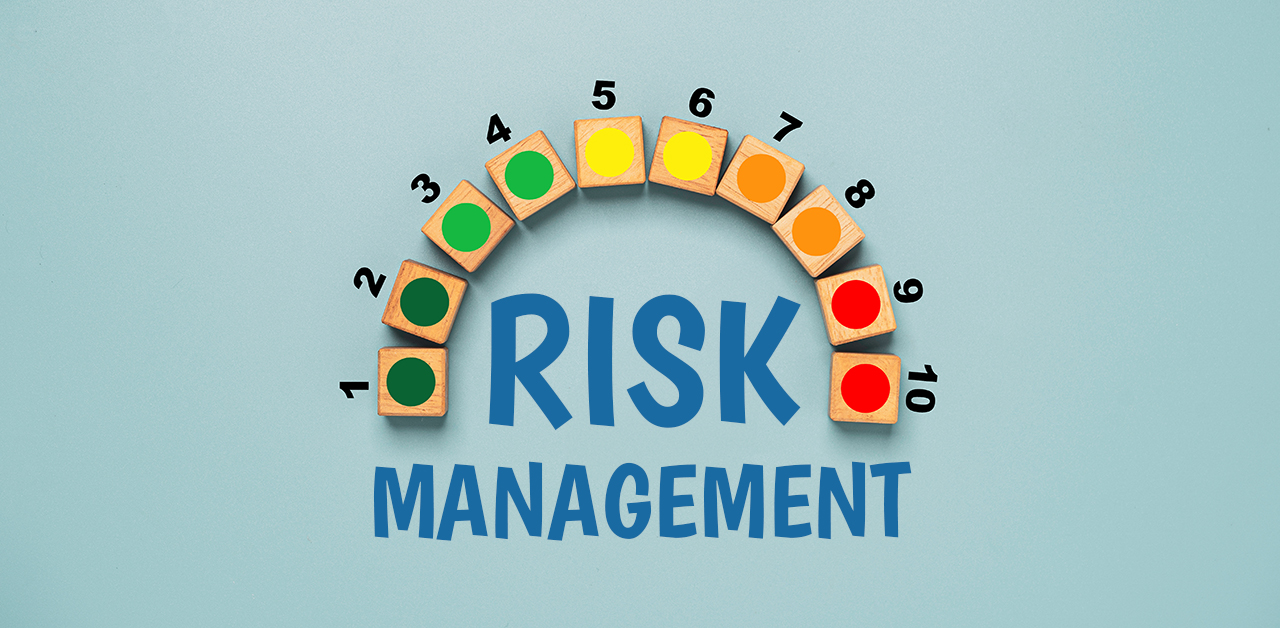LCD and LED monitors have become the norm, and the cathode ray tube (CRT) monitor is mostly a thing of the past. However, many people are indecisive about whether an LCD or LED monitor is the better option. Business owners upgrading their company’s computer monitors may face this dilemma when it’s time to recycle IT equipment. Learning what distinguishes them improves returns on value in the long run.
The Primary Difference: Backlighting
LCD and LED monitors actually both utilize liquid crystal display (LCD) technology. LCDs disperses light onto the screen when a current travels through the aligned crystals contained within.The big difference between the two acronyms is how the screen is backlit. Screens referred to as LCD utilize cold cathode fluorescent lamps (CCFLs), which are larger and provide less definition. LED monitors are backed by light emitting diodes (LEDs), small points of light capable of selective illumination resulting in higher definition. This is called ’local dimming’.LED lights are able to discriminate where the strongest light will emanate from. As a result, the image’s contrast and black levels are much higher quality in comparison to LCD panels.Comparing Energy Efficiency in LCD and LED Monitors
LCD and LED monitors have become the norm, and the cathode ray tube (CRT) monitor is mostly a thing of the past. However, many people are indecisive about whether an LCD or LED monitor is the better option. Business owners upgrading their company’s computer monitors may face this dilemma when it’s time to recycle IT equipment. Learning what distinguishes them improves returns on value in the long run.The Primary Difference: Backlighting
LCD and LED monitors actually both utilize liquid crystal display (LCD) technology. LCDs disperses light onto the screen when a current travels through the aligned crystals contained within.The big difference between the two acronyms is how the screen is backlit. Screens referred to as LCD utilize cold cathode fluorescent lamps (CCFLs), which are larger and provide less definition. LED monitors are backed by light emitting diodes (LEDs), small points of light capable of selective illumination resulting in higher definition. This is known as ’local dimming’.LED lights are able to discriminate where the strongest light will emanate from. As a result, the image’s contrast and black levels are much higher quality in comparison to LCD panels.Comparing Energy Efficiency in LCD and LED Monitors
In addition, LED monitors are more energy efficient than standard LCD monitors. LCD monitors require a transformer to power the fluorescent tubes populating the back of the screen. On the other hand, LED-backed monitors consume nearly a third of the energy that LCD monitors use and do not require a transformer.As a result, LED screens save money on energy costs. They also have a longer lifespan, as fluorescent tubes give out more quickly than LEDs. Furthermore, LEDs are much smaller than the fluorescent tubes used by LCDs. This means LED monitors can have less bulk and thinner screens.Making the Decision
LCD monitors are certainly still relevant and widely used. LCDs are more affordable up front for those who do not require higher definition. LED monitors cost more but have lower energy costs over time. Businesses should weigh the pros and cons to determine what works best for company and industry needs.Some businesses may benefit from immediately recycling LCD monitors to upgrade to LED, particularly companies with a focus on design or visual elements. However, any business will find it cost-effective to recycle earlier models of either LCD or LED monitors before they become too old for refurbishment. This means a high value return on them.At any rate, recycling old CRT monitors should be prioritized. The technology is becoming obsolete. Certified electronics recyclers can ensure disposal of old cathode ray monitors according to safety and compliance regulations. Whether replacing CRTs or deciding whether to go with LCD or LED, it’s wise to contact a certified electronics recycler and ITAD specialist to take care of the job properly and to maximize the return on investment.

